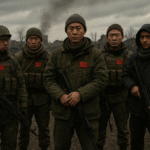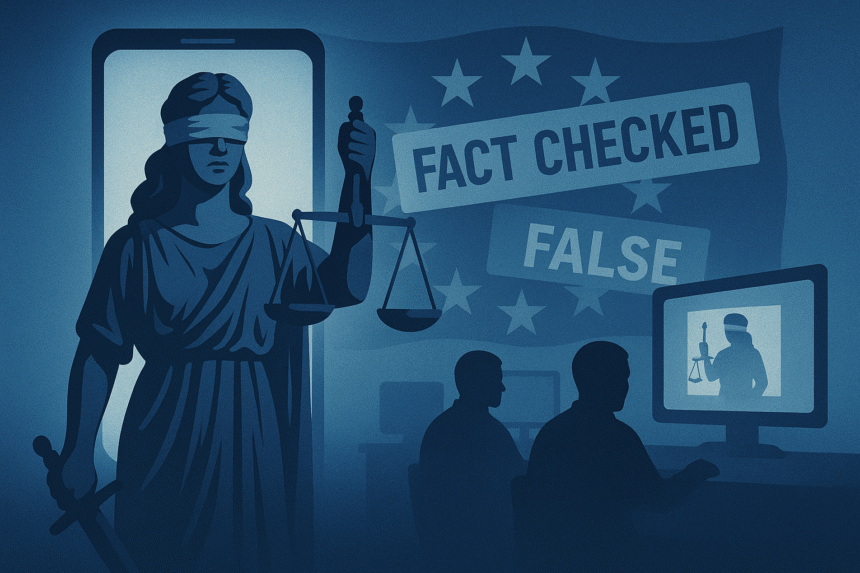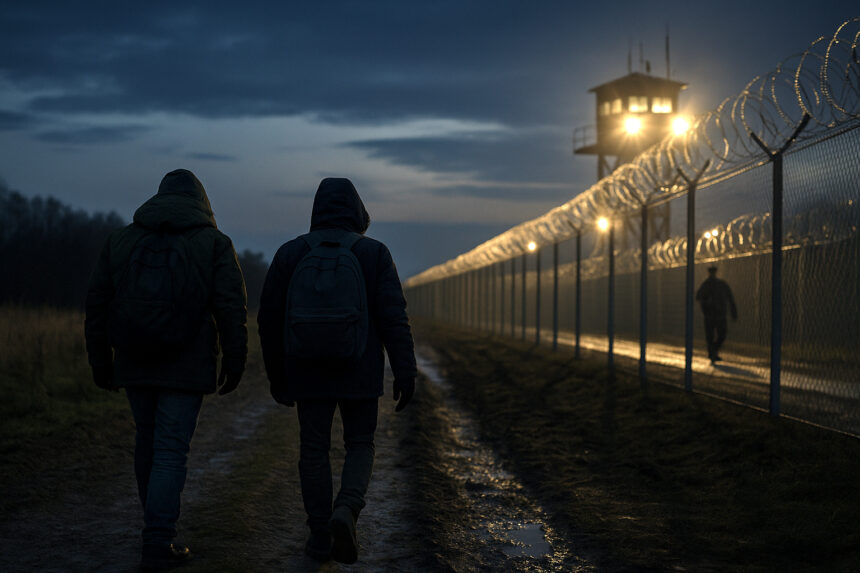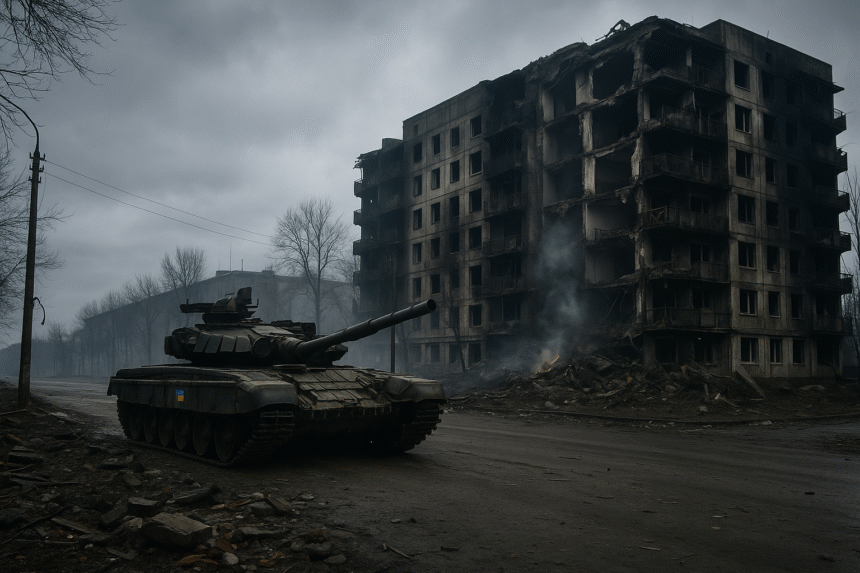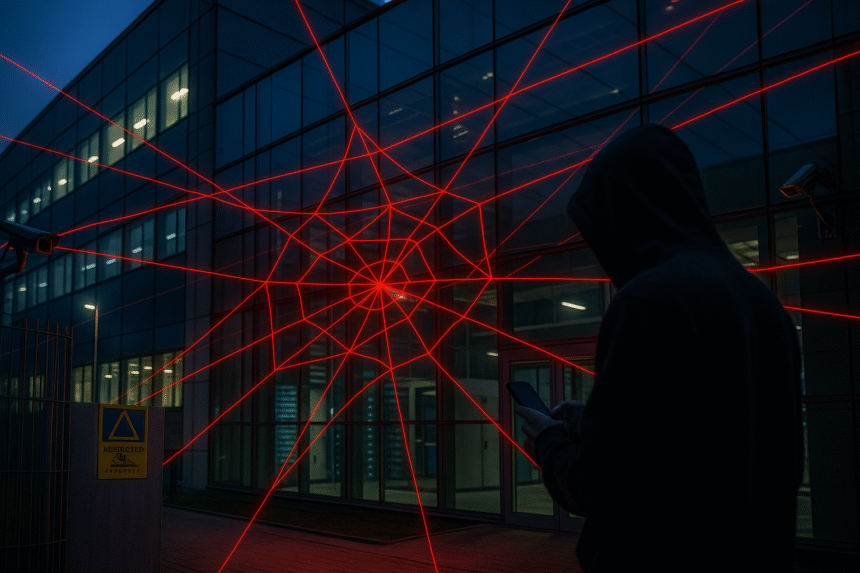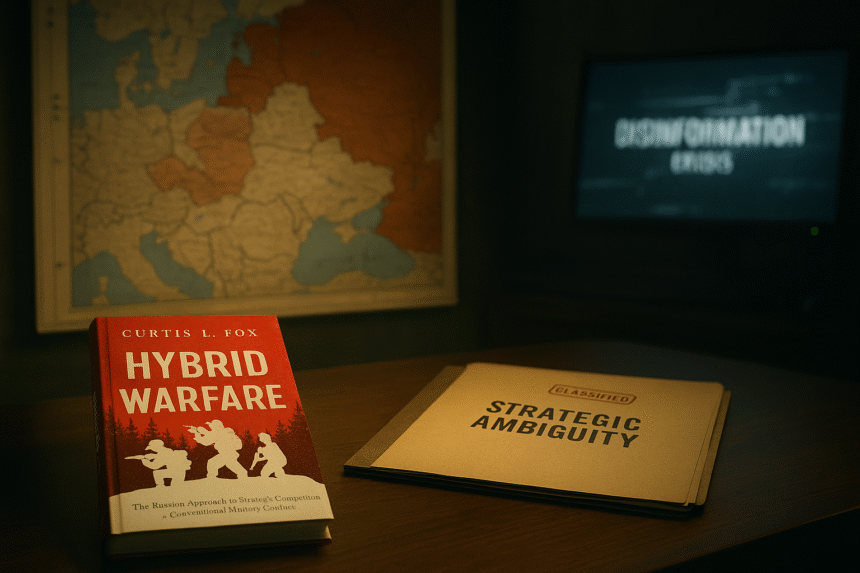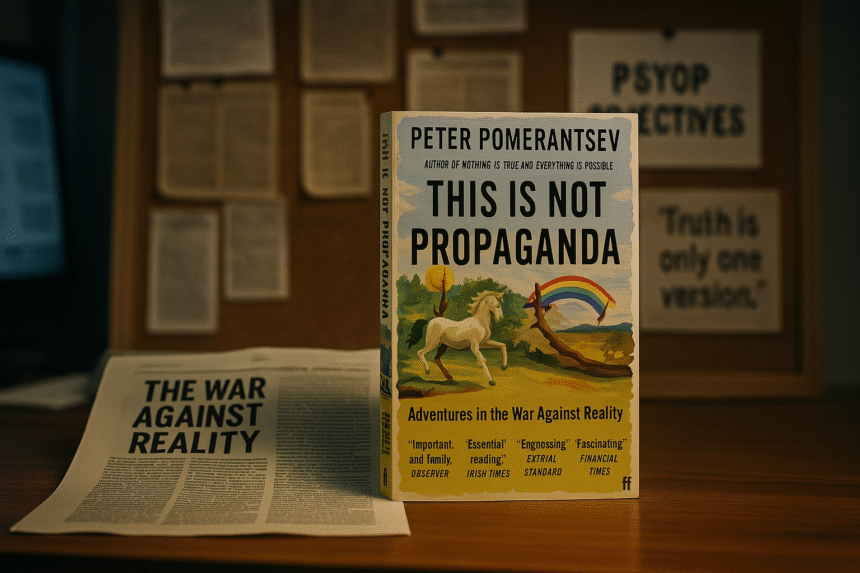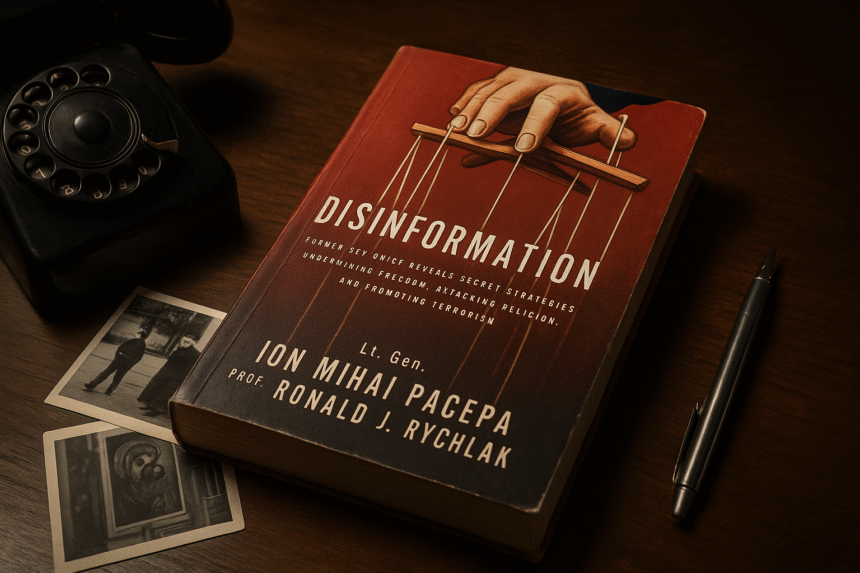A Pivotal Moment for Europe
As Ukraine launches its much-anticipated spring offensive in 2025, the conflict is no longer a conventional battle over territory. It has become a broader geopolitical struggle against Russia’s hybrid warfare tactics, which include cyberattacks, disinformation, economic manipulation, and the weaponisation of migration.
Since the annexation of Crimea in 2014, Russia has steadily intensified these tactics, aiming to destabilise Europe and erode NATO’s cohesion. The 2025 Ukraine spring offensive, along with NATO, EU, and UK responses to the hybrid warfare crisis, marks a defining moment—testing Europe’s adaptability, resilience, and commitment to defending its sovereignty against modern threats.
NATO’s Response: Maintaining Unity Amidst Growing Tensions
NATO has played a critical role by providing Ukraine with military aid, intelligence, and strategic advice. However, internal divisions threaten the alliance’s long-term cohesion. Countries with deep economic ties to Russia, such as Germany’s historical reliance on energy, introduce hesitations into collective decision-making.
According to a Dutch military intelligence report (MIVD), Russia is significantly escalating hybrid attacks, targeting Europe’s critical infrastructure and public services, especially in the Netherlands. These cyberattacks and disinformation campaigns are designed to sow societal instability, creating friction within NATO itself.
The real test lies in whether NATO can maintain a unified front, particularly as Russia continues to exploit economic and political vulnerabilities. As highlighted by The Atlantic Council, Russia’s shadow tactics could expose cracks in NATO’s defences if they are not addressed cohesively.
The UK’s Role: Straining Domestic Stability
The United Kingdom has been one of Ukraine’s most steadfast supporters, consistently providing military and humanitarian aid. Yet, domestic challenges complicate its position. Post-Brexit instability, persistent economic troubles, and internal political divisions are straining the UK’s capacity to lead effectively.
One pressing issue is the refugee crisis. Russia weaponises warfare strategy, weaponises migration, flooding Europe with refugees, not only from Ukraine but also from conflict regions like Africa and the Middle East, in collaboration with countries like Iran. According to analysis from the Centre for Strategic and International Studies (CSIS), this strategy aims to overburden European social systems and create political instability.
While Ukrainian refugees have been welcomed mainly due to shared cultural values, the broader migrant influx introduces complex integration challenges. The UK’s internal policies on migration, social cohesion, and security will be further tested as the hybrid threat continues to evolve.
The EU’s Divisions: Vulnerabilities Exposed
The European Union has formally pledged its unwavering support for Ukraine. Yet, internal divisions are becoming increasingly apparent. Member states remain divided over key issues, including energy security, military aid packages, and responses to migration policy.
Russia’s strategy actively exploits these fault lines. Rising energy prices, driven by reduced Russian gas supplies, have sparked dissatisfaction across multiple European Union countries. Disunity is deepening, as the European Union External Action Service (EEAS) notes in its strategic response reports, warning that fragmented cybersecurity efforts and inconsistent defence postures leave the Union dangerously vulnerable.
Furthermore, the EU’s slow progress in establishing a unified cybersecurity framework and countering disinformation campaigns has been highlighted in the Council on Foreign Relations’ (CFR) analysis of the impact of hybrid warfare on global security. Strengthening a collective, fast-reacting defence mechanism is now a matter of survival for the EU.
Europe’s Moment of Truth
The 2025 Ukraine spring offensive, NATO’s, the EU’s, and the UK’s response, and the saga of hybrid warfare are more than a singular conflict—they are an existential trial for Europe’s security infrastructure. NATO’s unity, the EU’s resilience, and the UK’s leadership credibility all hang in the balance.
As NATO braces for escalating hybrid threats and the EU and the UK face mounting internal and external pressures, the decisions made today will have a lasting impact on future generations. Ukraine’s battle is not isolated; it is Europe’s fight for freedom, sovereignty, and democratic values.
If Europe falters, the consequences will extend far beyond the continent. Unity, adaptability, and resilience are non-negotiable. The time for decisive, coordinated action is now.
Take Action
Europe’s security stands at a pivotal crossroads. Share this article to raise awareness about the urgent threats posed by Russia’s hybrid warfare tactics. Support independent journalism to ensure the truth prevails and triumphs over destabilisation efforts.
FAQs: Ukraine Spring Offensive 2025 NATO EU UK Response Hybrid Warfare
1. What is hybrid warfare, and how is Russia using it?
Hybrid warfare combines military, cyber, economic, and psychological operations to destabilise Europe through cyberattacks, disinformation, energy weaponisation, and migration weaponisation (source).
2. Why is NATO’s unity under threat during the Ukraine spring offensive in 2025?
Economic ties to Russia, differing threat perceptions, and internal political pressures are creating fissures within NATO, making collective action harder (source).
3. How has the UK contributed to Ukraine’s defence in 2025?
The UK has provided military aid, shared intelligence, and offered diplomatic support, despite facing domestic pressures such as migration challenges and economic instability.
4. What role does migration play in Russia’s hybrid strategy of state-weaponising
Russia, often with Iran, is weaponising migration to overwhelm European systems, creating political instability and division among nations (source).
5. How is the EU addressing cyber and hybrid threats?
The EU has established cybersecurity frameworks and strategic responses, but they remain fragmented. Full integration and rapid response capabilities are still under development (source).
6. What are the consequences if Europe fails to respond effectively?
Failure would embolden and destabilise NATO and the EU, destabilise democratic institutions, and potentially draw global attention to apolitical power structures (source).


